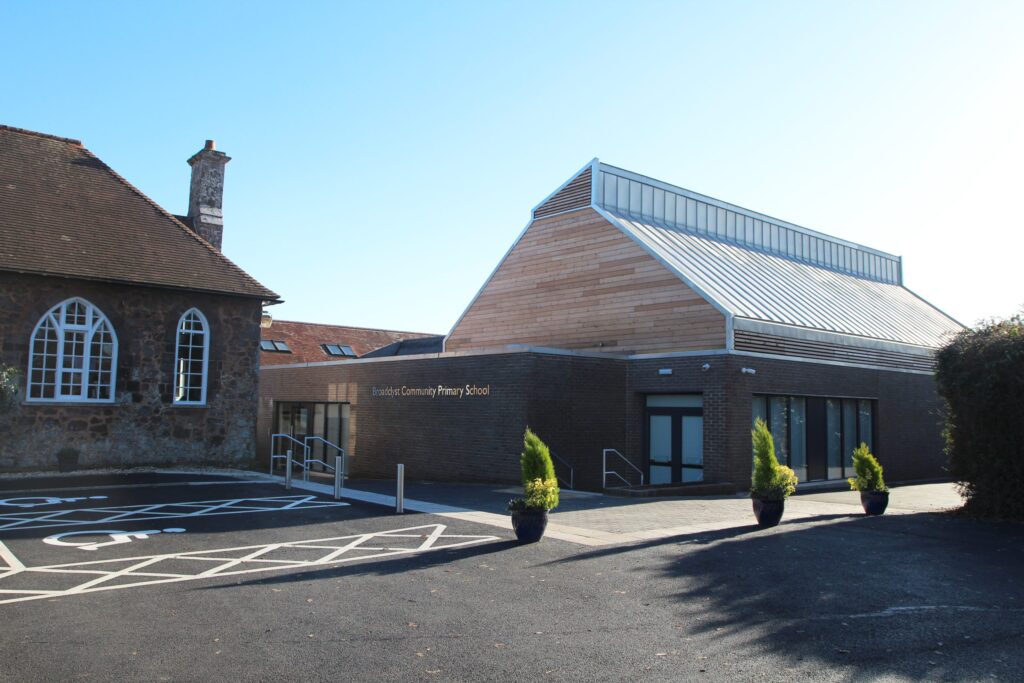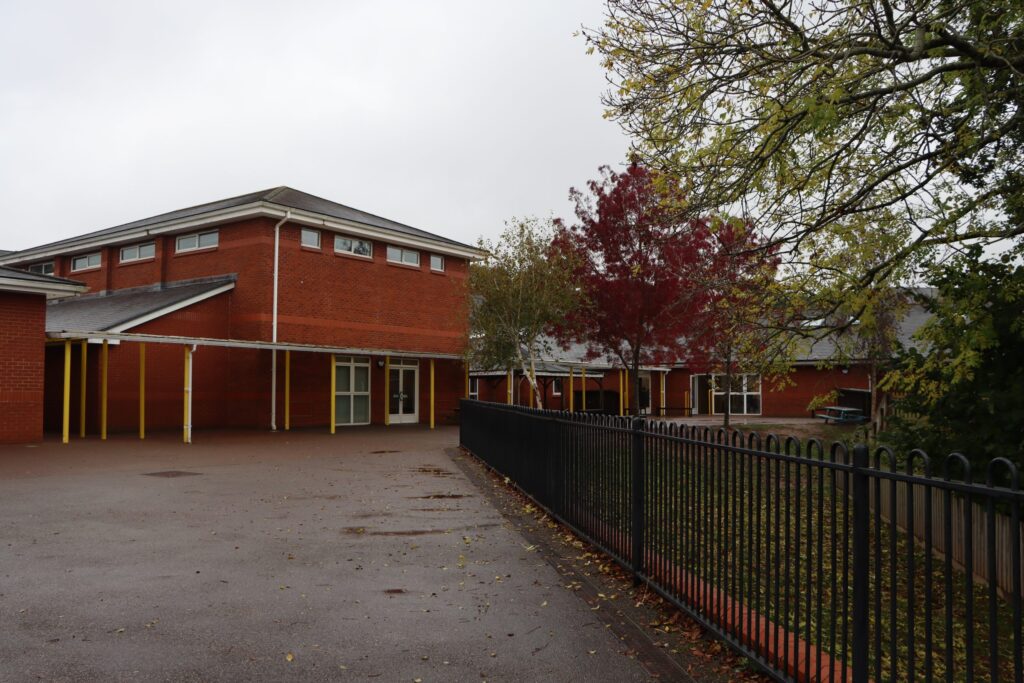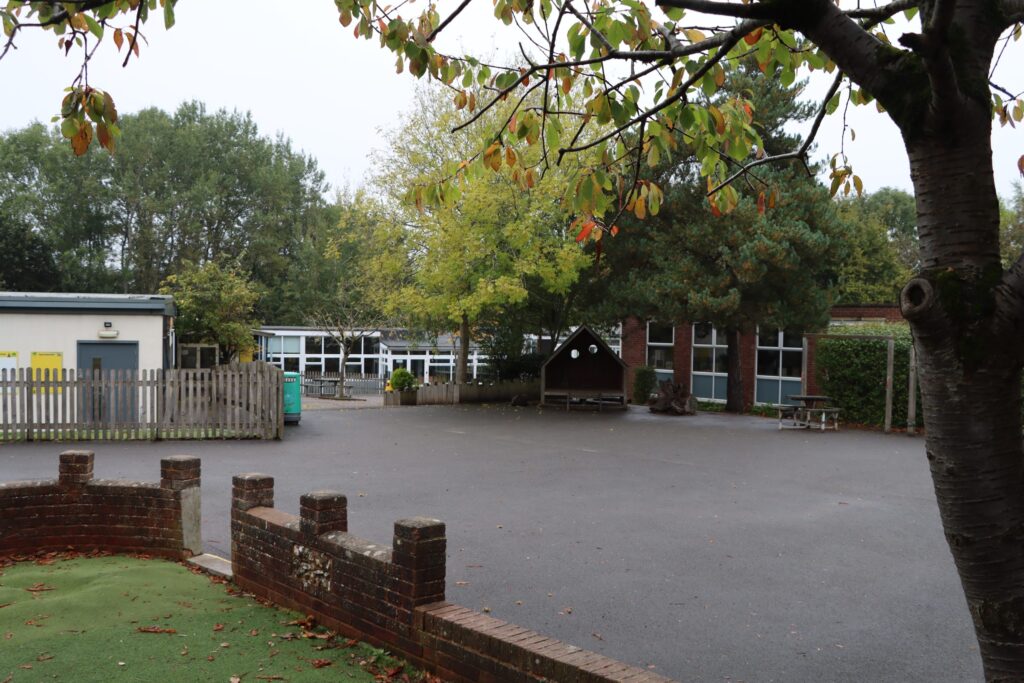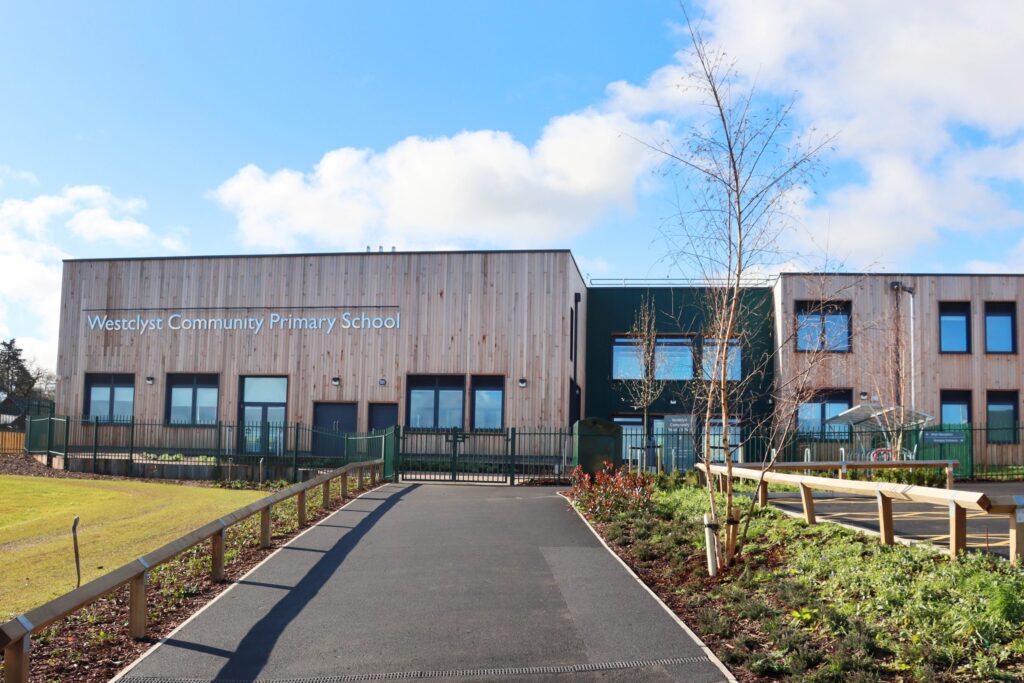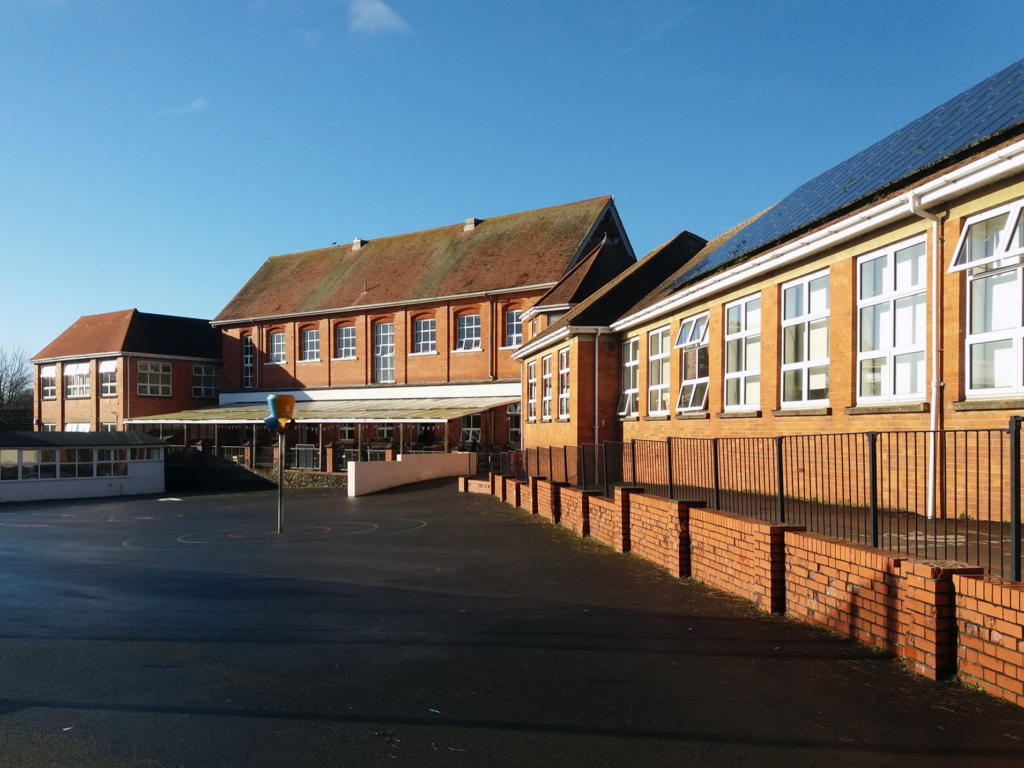Online Safety
Staying safe online has never been more important or relevant to our pupils and families. Online Safety is part of the Computing subject curriculum at KS1 and KS2. It exists in the ‘Digital Literacy’ strand. It is also a life skill taught in school to be reinforced at home and can be practiced daily through a consistent message at home and in school.
Below are a number of resources, links and documents that will help you as a parent not only to understand in more detail what is taught in school, but also how you can support your child at home, whatever their age.
What we Teach in School
At school, we use a range of strategies to ensure we are teaching children good habits and safe behaviours when going online, as well as providing a range of contexts and experiences for them to practice and embed these habits. These will often include:
- Modelling of safe behaviours through Office 365, Teams, Viva Engage, Skype, use of the internet, and other online tools;
- Drip feed of key messages through all curriculum subjects, such as how to search safely through a search engine, or how to collaborate in a document;
- Sequential and progressive planning for direct teaching of Online Safety throughout the school, using CEOP’s ‘Think You Know’ material and the South West Grid for Learning’s online safety scheme;
- Specific whole school focus on annual and national events, such as anti-bullying week; and Safer Internet Day.
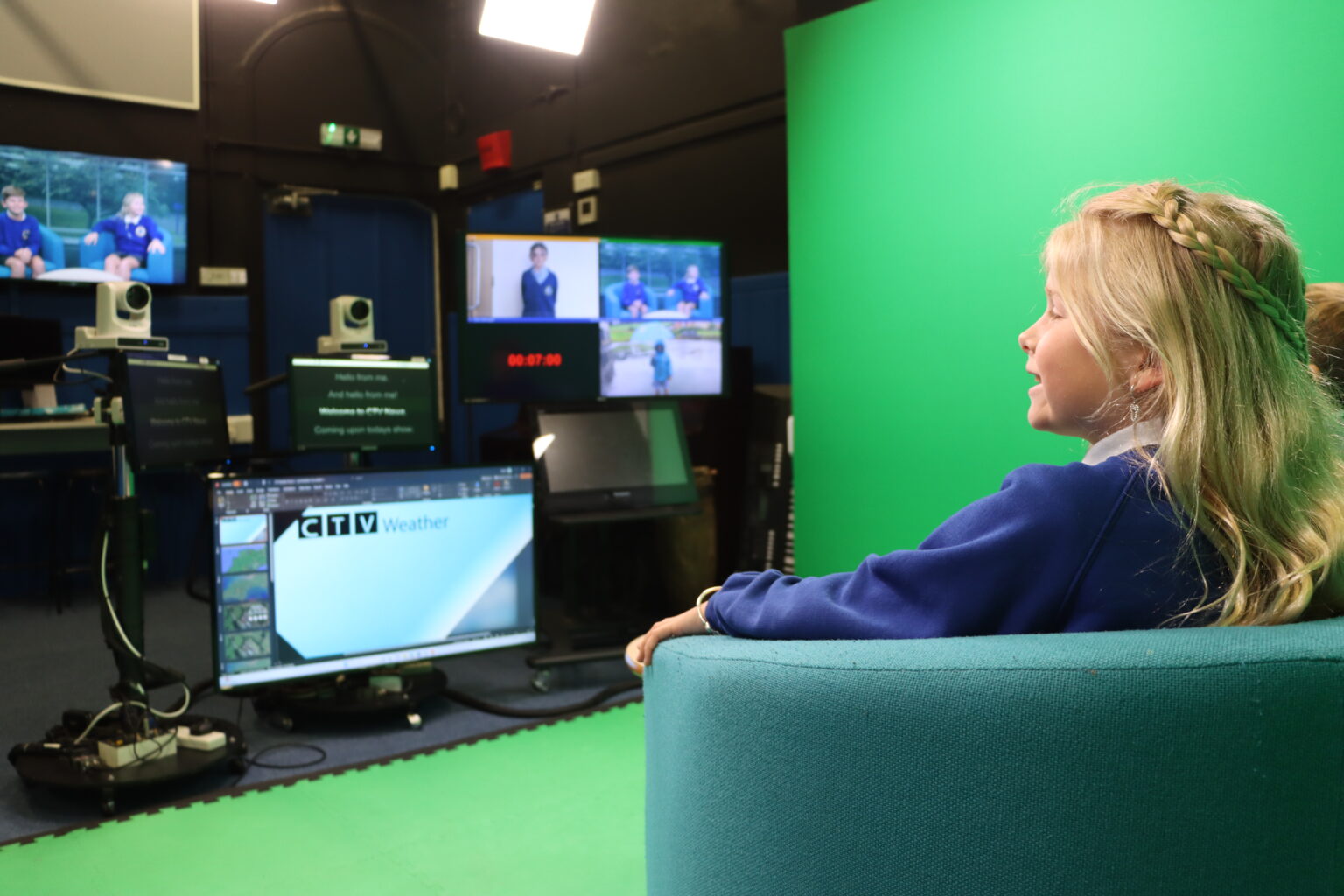
The resources used in school
Think You Know (The CEOP Approach) – And quick links straight to: Lee and Kim | PlayLikeShare | Jigsaw
CEOP (The education arm of the police service)
South West Grid For Learning – SWGfL are national leaders in supporting schools though events, resources and planning.
The resources used in school
We have also developed a home learning site where parents can go for advice and guidance around how they can support their children’s use of IT and help to teach them good habits at the same time.
Find out more:


